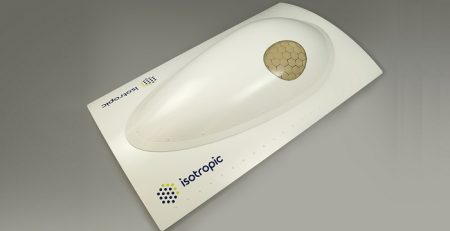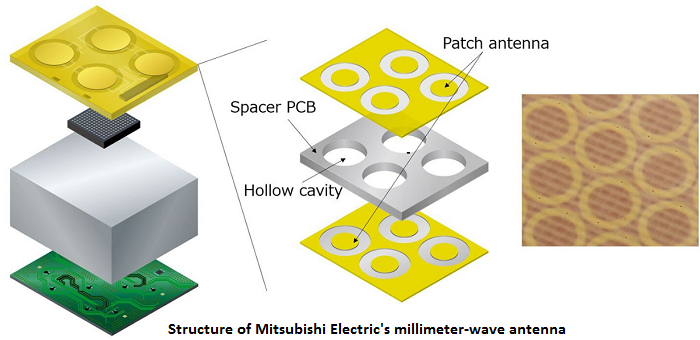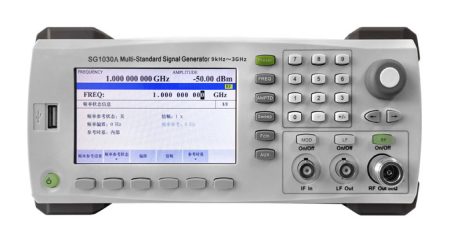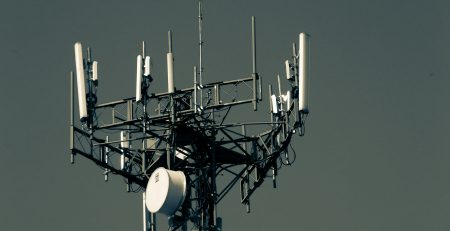Directional Coupler Fundamentals In-Depth Look at Its Working Principle
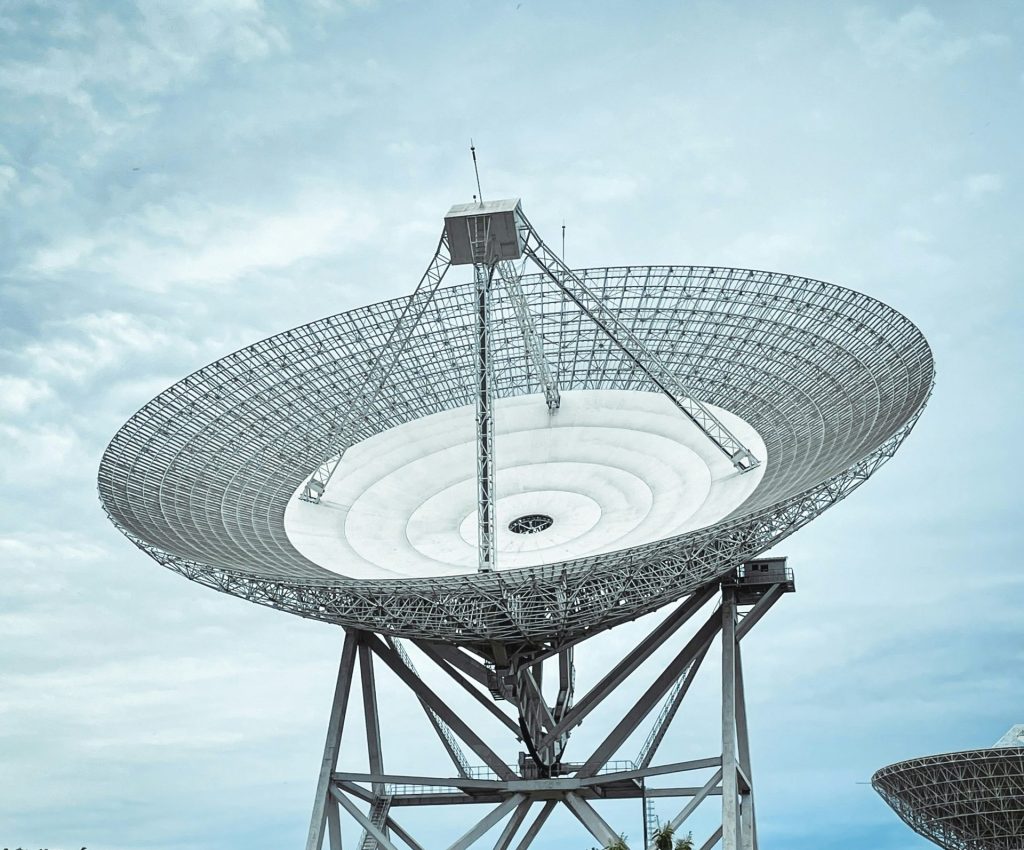
Understanding Directional Couplers
Definition and Basic Concept
Overview of Directional Couplers
A directional coupler is a passive device used in RF and microwave systems to split an input signal into two or more output signals with defined amplitude and phase. It is fundamentally designed to separate or combine signals based on their directional flow, allowing one to monitor or sample the signal without disrupting the primary signal path. Directional couplers are critical in applications where precise signal management is necessary, ensuring that reflections and interference are minimized.
Key Characteristics and Parameters
Key characteristics of directional couplers include coupling factor, directivity, isolation, and insertion loss. The coupling factor defines the amount of power transferred from the input port to the coupled port. Directivity refers to the ability of the coupler to distinguish between forward and reverse signals, thus minimizing leakage. Isolation measures how well the coupled and isolated ports are separated, directly impacting system performance. Insertion loss denotes the signal power lost due to the presence of the coupler. Each of these parameters is essential in determining the suitability of a directional coupler for specific applications.
Types of Directional Couplers
3 dB Coupler
The 3 dB coupler, also known as a quadrature coupler, splits an input signal into two equal parts, each with a 3 dB reduction in power. These couplers are particularly useful in balanced signal paths and signal mixing applications, as they ensure that the output signals maintain phase and amplitude integrity. The symmetrical power division also makes them suitable for applications in phased array antennas and balanced circuits.
Multisection Coupler
Multisection couplers utilize several coupled sections to attain wider bandwidths and superior isolation. These couplers are crafted to manage different frequencies with greater efficiency, rendering them perfect for applications that demand wideband performance. The complex design of multisection couplers facilitates enhanced directivity and minimizes signal reflections, which in turn boosts the overall system performance.
Hybrid Coupler
Hybrid couplers are specialized directional couplers that offer phase difference between the output ports, typically 90 degrees or 180 degrees. These are widely used in applications such as signal splitting, combining, and phase shifting. Hybrid couplers ensure that the output signals are in the correct phase relation, which is crucial for maintaining signal integrity in complex RF systems.
Core Components and Structure
Physical Structure of Directional Couplers
Waveguide Structures
Waveguide structures are often used in high-frequency applications due to their ability to handle large amounts of power with minimal loss. Waveguide directional couplers utilize the principles of electromagnetic wave propagation within a hollow metallic structure. These couplers are efficient and offer high directivity, making them suitable for microwave and millimeter-wave systems.
Coaxial Structures
Coaxial directional couplers are common in medium-frequency applications and employ concentric conductors with an insulating layer between them. They are valued for their ease of integration into existing coaxial systems and offer good isolation and directivity. The coaxial design ensures minimal signal leakage and maintains signal integrity across a wide frequency range.
Microstrip Structures
Microstrip directional couplers find widespread use in printed circuit board (PCB) applications. These devices feature parallel conductive strips separated by a dielectric substrate. They are known for being compact, cost-effective, and easily integrated into contemporary electronic devices. Microstrip couplers are especially favored in scenarios where space and weight are crucial factors.
Material and Design Considerations
Conductive Materials Used
Directional couplers are constructed using high-conductivity materials, such as copper or silver, to minimize signal loss and maximize efficiency. The choice of conductive material impacts the coupler’s performance, particularly its insertion loss and power handling capabilities. High-quality materials ensure reliable operation in demanding RF and microwave environments.
Insulating Materials Used
Insulating materials, such as Teflon or ceramic, are used to separate conductive pathways and maintain signal integrity. These materials must exhibit low dielectric loss and high thermal stability to withstand various operating conditions. Proper insulation is critical in preventing signal cross-talk and maintaining the high directivity and isolation of the coupler.
 Working Principle of a Directional Coupler
Working Principle of a Directional Coupler
Theory Behind Directional Coupling
Power Division Theory
The power division theory of directional couplers is based on the principle of electromagnetic coupling between adjacent transmission lines. When an input signal is applied, a portion of its power is coupled to an adjacent line, resulting in multiple output signals. The amount of power transferred is determined by the coupling factor, which is designed to meet specific application requirements.
Signal Path Arrangements
Directional couplers can be set up in different signal path configurations, including forward and reverse coupling. These configurations determine the routing of the input signal through the coupler and how the output signals are obtained. Proper design and configuration are essential to ensure that the directional coupler fulfills its intended role with minimal signal loss and high isolation.
Mechanism of Signal Transmission
Input Signal Splitting Process
When an input signal is fed into a directional coupler, it is split into two or more output signals. The primary path continues through the coupler with minimal loss, while a smaller portion of the energy is directed to the coupled ports. This splitting process is highly controlled, ensuring precise distribution of power among the output ports.
Output Ports and Isolation
The output ports of a directional coupler are designed to handle the split signals with high isolation. Isolation between ports is crucial in preventing undesired signal coupling and ensuring that the primary signal path remains unaffected. Proper isolation safeguards the integrity of both the primary and coupled signals, maintaining system performance.
Importance in RF Systems
Role in Signal Monitoring
Directional couplers play a vital role in signal monitoring by allowing the sampling of signals without interrupting the main signal path. This capability is essential for diagnostic purposes, performance monitoring, and ensuring system health. Couplers enable real-time analysis and adjustment of signal parameters, facilitating optimal system operation.
Role in System Protection
Besides signal monitoring, directional couplers play a crucial role in shielding RF systems from excessive power conditions and signal reflections. They offer a method to identify and isolate faults, aiding in the prevention of damage to delicate components and ensuring system reliability. The capacity of couplers to manage high-power signals makes them essential for protecting vital RF equipment.
RFecho
RFecho is not just a company; it’s a powerhouse that has been revolutionizing the industry with its exceptional capabilities. Specializing in antennas that range from low frequencies up to THz frequencies, RFecho offers a comprehensive suite of products including standard gain horns, reflector antennas, antenna arrays, and custom solutions. Their expertise extends to both passive and active products, such as filters, power dividers, couplers, low noise amplifiers, and phase shifters.
What sets RFecho apart is their unparalleled innovation and commitment to quality. They have collaborated extensively with prestigious institutions and Fortune 500 companies, including Cambridge University, Oxford University, Harvard University, Facebook, and Google. This extensive network of partnerships underscores their position as a leader in the field.
RFecho’s products are integral to a variety of advanced applications, from remote control and telemetry to electronic countermeasures and satellite positioning. Their dual polarized horn antennas, for instance, are renowned for their high gain and symmetric beam, making them ideal for radar cross-section (RCS) antenna arrays and satellite reflector antennas.
Performance Metrics and Specifications
Insertion Loss Considerations
Impact on Signal Quality
Insertion loss is a vital parameter when assessing the performance of a directional coupler. It describes the decrease in signal power as it traverses the coupler. Although this loss is generally slight, it can have a substantial impact on overall signal quality, particularly in sensitive RF and microwave applications. Elevated insertion loss can result in signal attenuation, undermining the effectiveness of communication systems and diminishing the range and reliability of transmitted signals.
Measurement Techniques
Several techniques are utilized to measure the insertion loss of a directional coupler accurately. One common method involves using a network analyzer to measure the input and output signals. The analyzer provides precise readings of the signal levels, allowing for the calculation of insertion loss by comparing the input and output power levels. Other techniques may involve time-domain reflectometry or using specialized test setups to isolate and measure the loss contributions from the coupler.
Coupling Factor and Directivity
Determining Coupling Ratio
The coupling factor, or coupling ratio, is a key specification that indicates how much of the input signal is transferred to the coupled port. For a directional coupler, this ratio is engineered to meet specific design requirements. Determining the appropriate coupling ratio involves analyzing system requirements, such as the desired signal levels at various ports and the application’s operational bandwidth. Different applications may demand different coupling ratios, making it essential to tailor the coupler design accordingly.
Ensuring High Directivity
Directivity is another crucial performance metric for directional couplers. It measures the device’s ability to distinguish between the forward and reverse traveling waves, ensuring minimal signal leakage between ports. High directivity is desirable as it enhances the isolation between the mainline and coupled ports, thereby reducing interference and crosstalk. Achieving high directivity requires meticulous design and precision manufacturing, often involving the careful alignment of internal transmission lines and the use of quality materials.
 Applications Across Industries
Applications Across Industries
Telecommunication Systems
Usage in Antenna Systems
Directional couplers play a crucial role in telecommunication antenna systems for routing and monitoring signals. They distribute RF signals from the base transceiver station to different antenna elements, optimizing both signal coverage and system performance. By allowing signal sampling, these couplers enable real-time adjustment and tuning of antenna systems, which ensures consistent signal strength and enhances network reliability.
Implementation in Fiber Optics
In fiber optic communication systems, directional couplers play a significant role in signal splitting and combining. They help in monitoring the optical signals on the fiber without disrupting the main transmission path. Incorporating couplers into fiber optic networks enhances their ability to detect and manage faults, improving overall system robustness and reliability. This ability is crucial in high-speed data communication systems where maintaining signal integrity is paramount.
Medical and Industrial Equipment
Application in Diagnostic Instruments
Directional couplers find critical applications in medical diagnostic instruments, such as MRI and ultrasound machines. These couplers enable precise signal control and monitoring, ensuring accurate diagnostics. By facilitating the distribution and sampling of high-frequency signals, they contribute to the enhanced performance and reliability of diagnostic equipment, ultimately supporting better patient outcomes and more effective medical treatments.
Use in Industrial Testing
In the industrial sector, directional couplers are used in various testing and measurement systems. They aid in assessing the performance of RF components and systems by allowing non-intrusive signal sampling. These couplers ensure that the signal integrity is maintained during testing, providing reliable and accurate measurements. Their application extends to industries such as aerospace, automotive, and manufacturing, where rigorous testing is essential for quality assurance and safety.
Challenges and Future Trends
Common Issues in Design and Usage
Potential Interference Problems
Despite their benefits, directional couplers can encounter potential interference issues, especially in densely populated RF systems. Interference may occur due to electromagnetic radiation or nearby electronic components, resulting in signal distortion and degradation. To mitigate these interference problems and ensure reliable operation, it is essential to design couplers with high isolation and employ proper shielding techniques.
Thermal Management Concerns
Thermal management is a significant concern in the design and usage of directional couplers. High-power RF applications can generate substantial heat, which if not managed properly, can affect the coupler’s performance and longevity. Employing heat sinks, thermal pads, and materials with high thermal conductivity can help dissipate heat effectively, maintaining optimal operating conditions for the coupler.
Advancements in Technology
Integration with Smart Systems
The integration of directional couplers with smart systems represents a future trend in the industry. Smart couplers with built-in diagnostic and monitoring capabilities can provide real-time data on system performance, enabling proactive maintenance and optimization. These advancements can lead to more intelligent and efficient RF systems, enhancing overall communication reliability and operational efficiency.
Innovations in Material Science
Innovations in material science are driving the development of advanced directional couplers with improved performance characteristics. The use of novel materials with superior electrical and thermal properties can lead to couplers with lower insertion loss, higher directivity, and better isolation. These material advancements open new possibilities for designing couplers that are more efficient, durable, and capable of operating in extreme environments.
Through steadfast adherence to these principles and ongoing innovation, the directional coupler continues to be a crucial element in numerous high-frequency applications. It plays a vital role in maintaining the smooth functioning and improvement of contemporary communication and diagnostic systems.

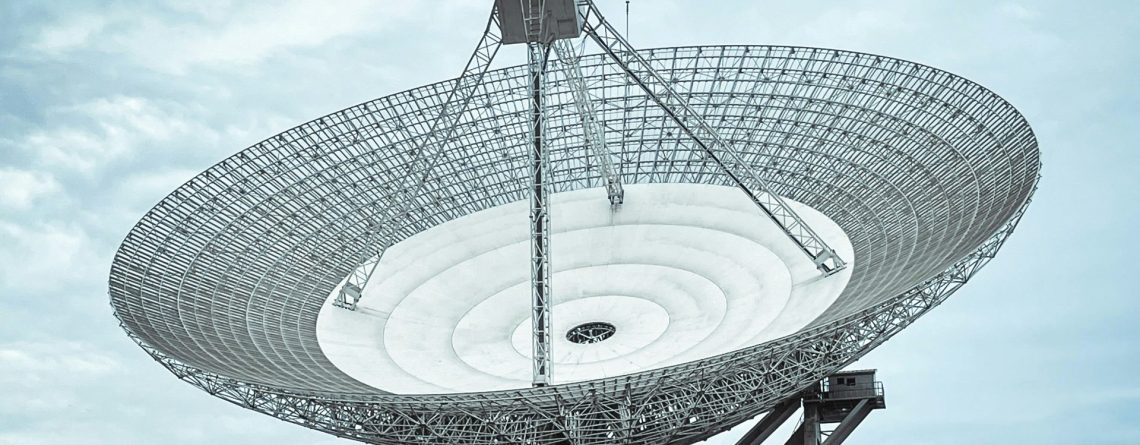
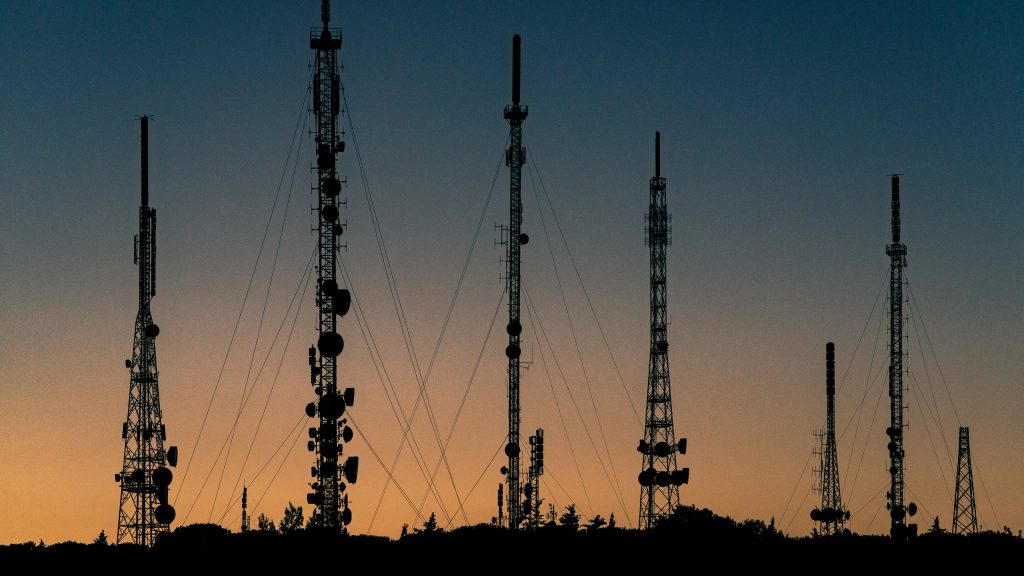 Working Principle of a Directional Coupler
Working Principle of a Directional Coupler Applications Across Industries
Applications Across Industries
